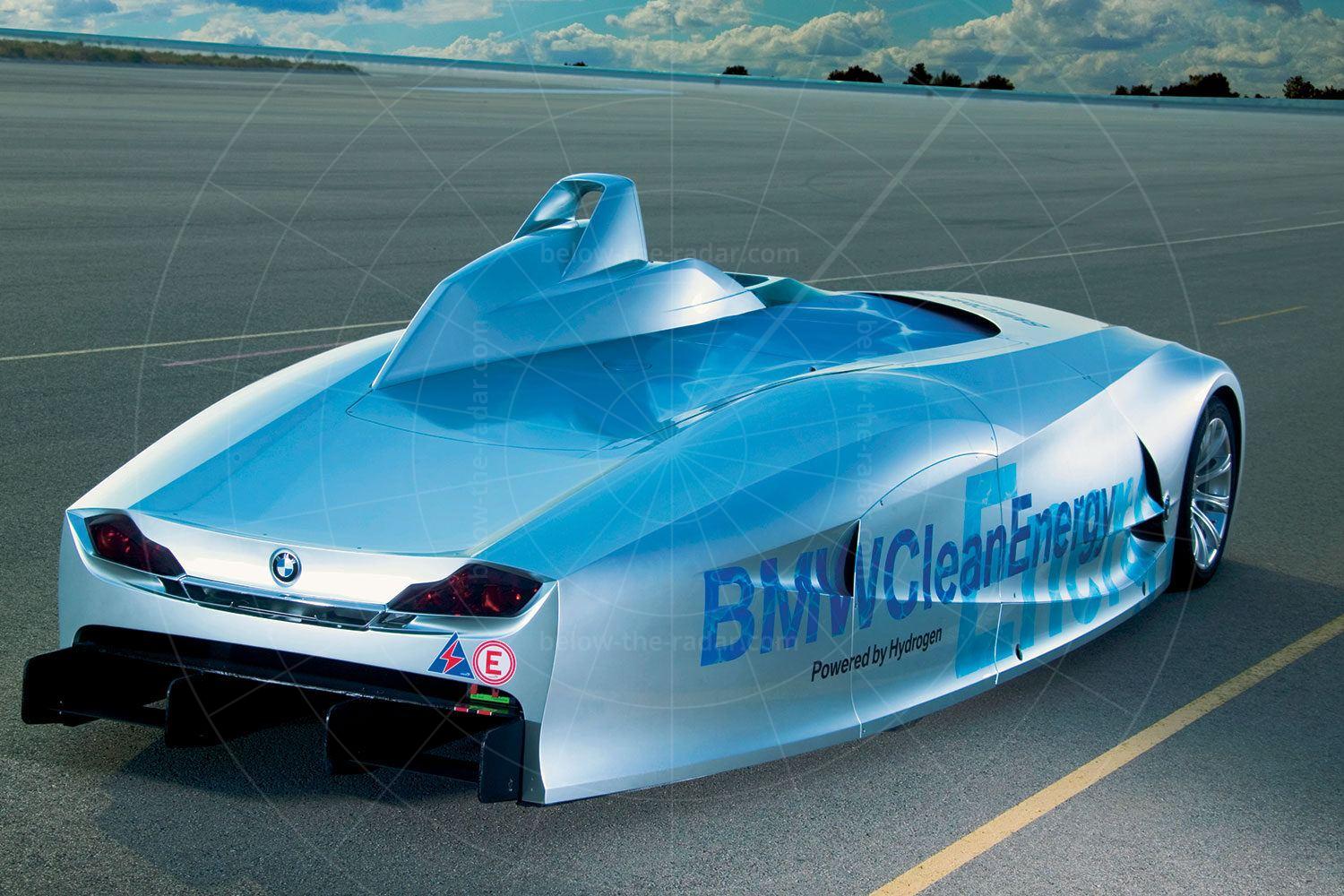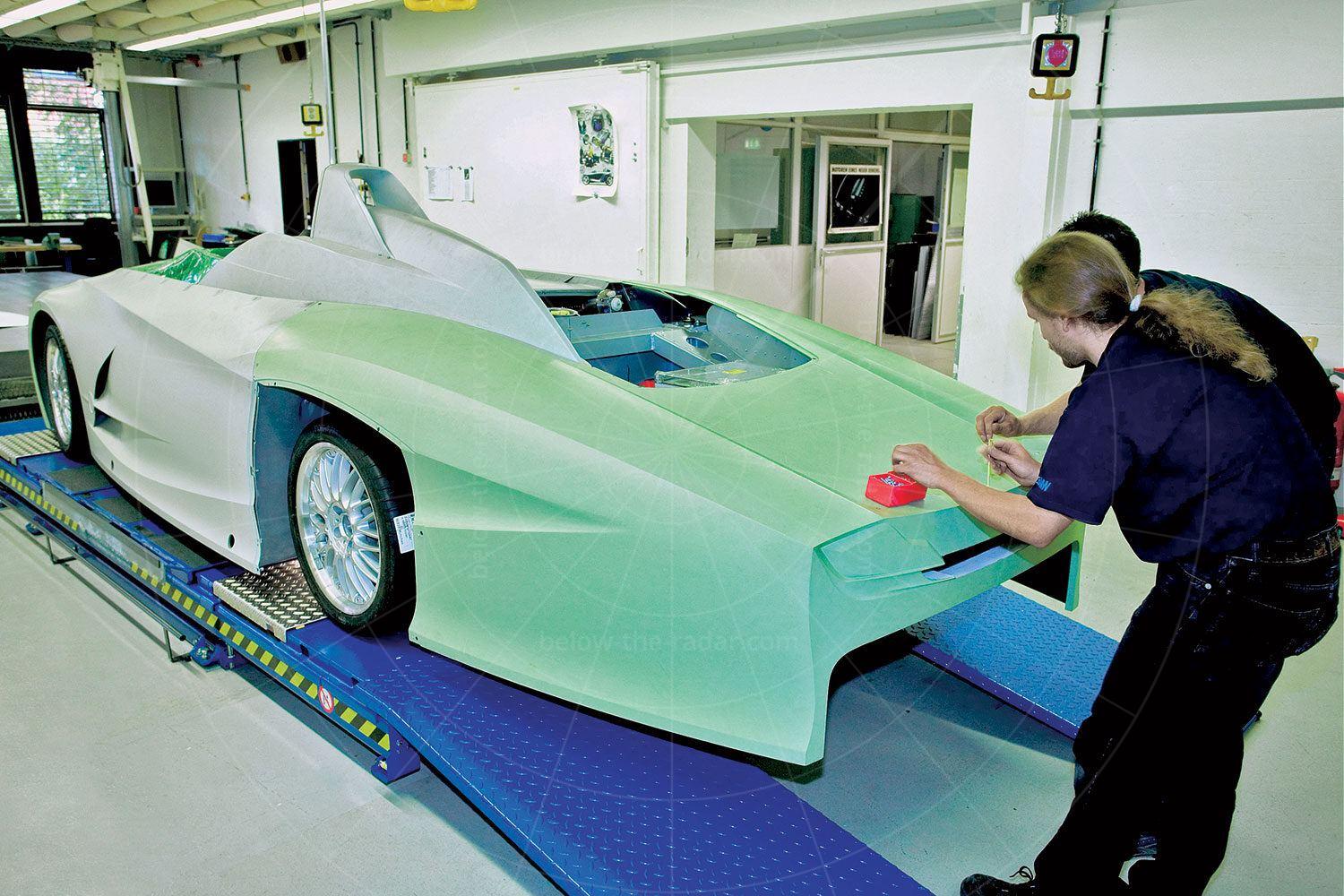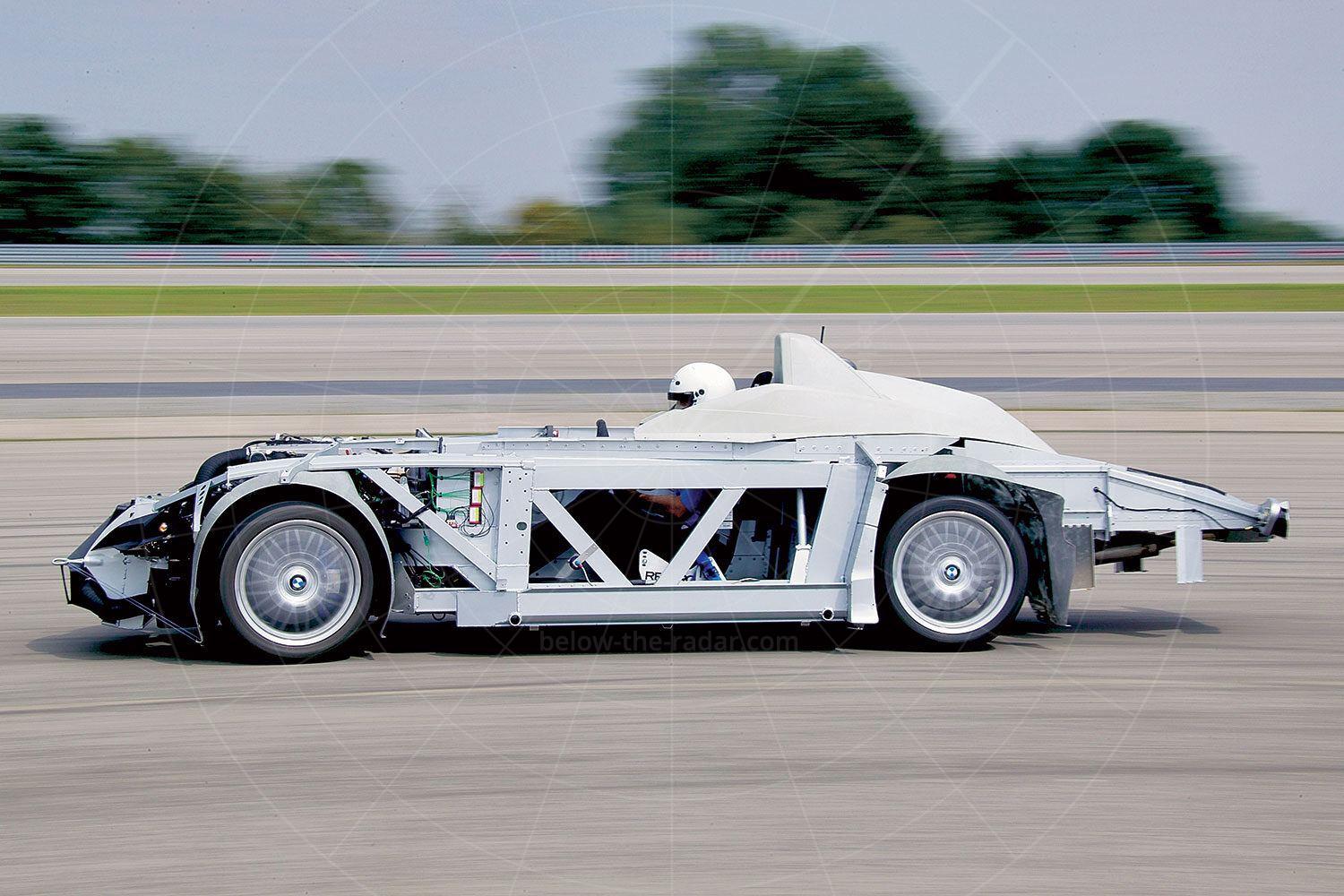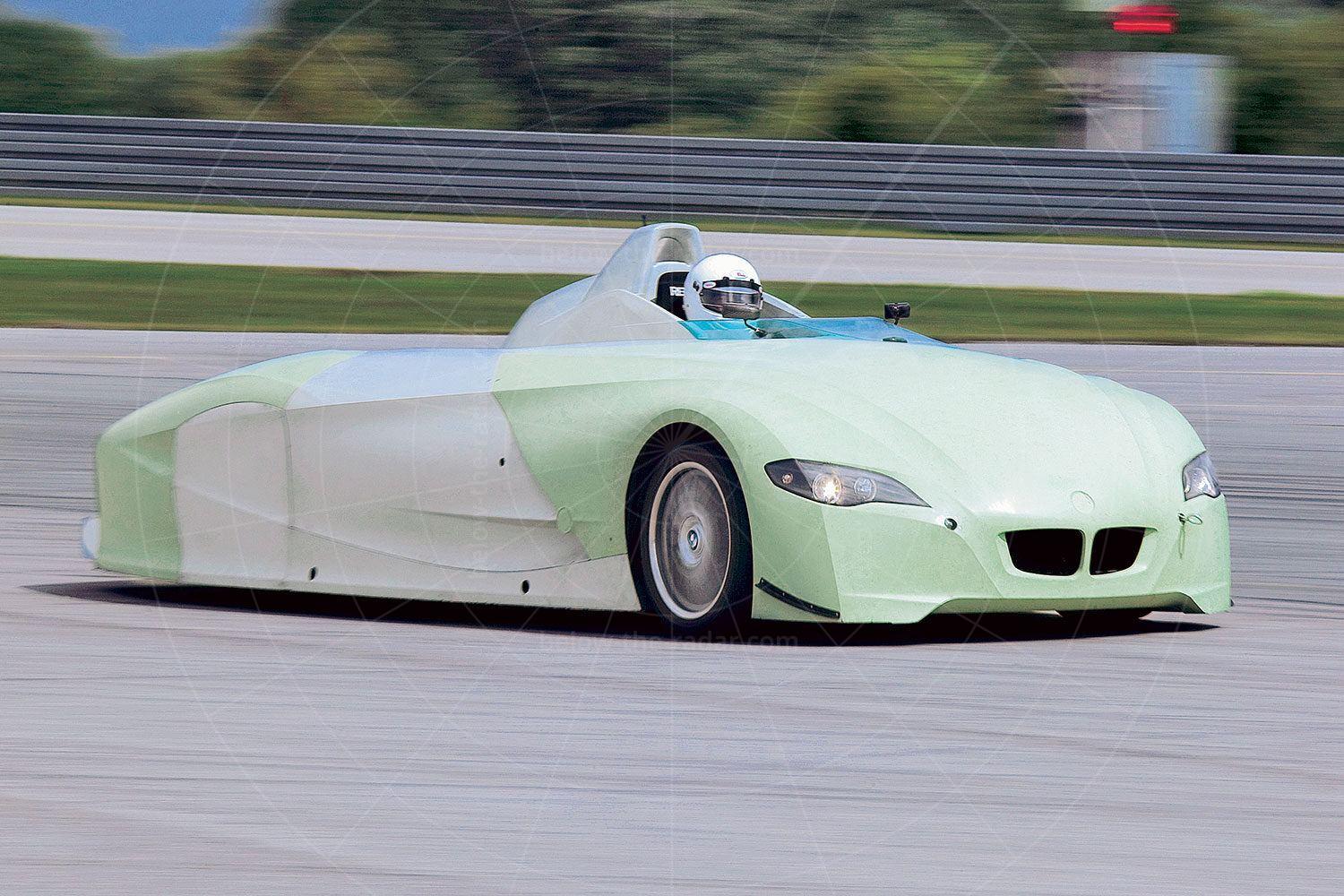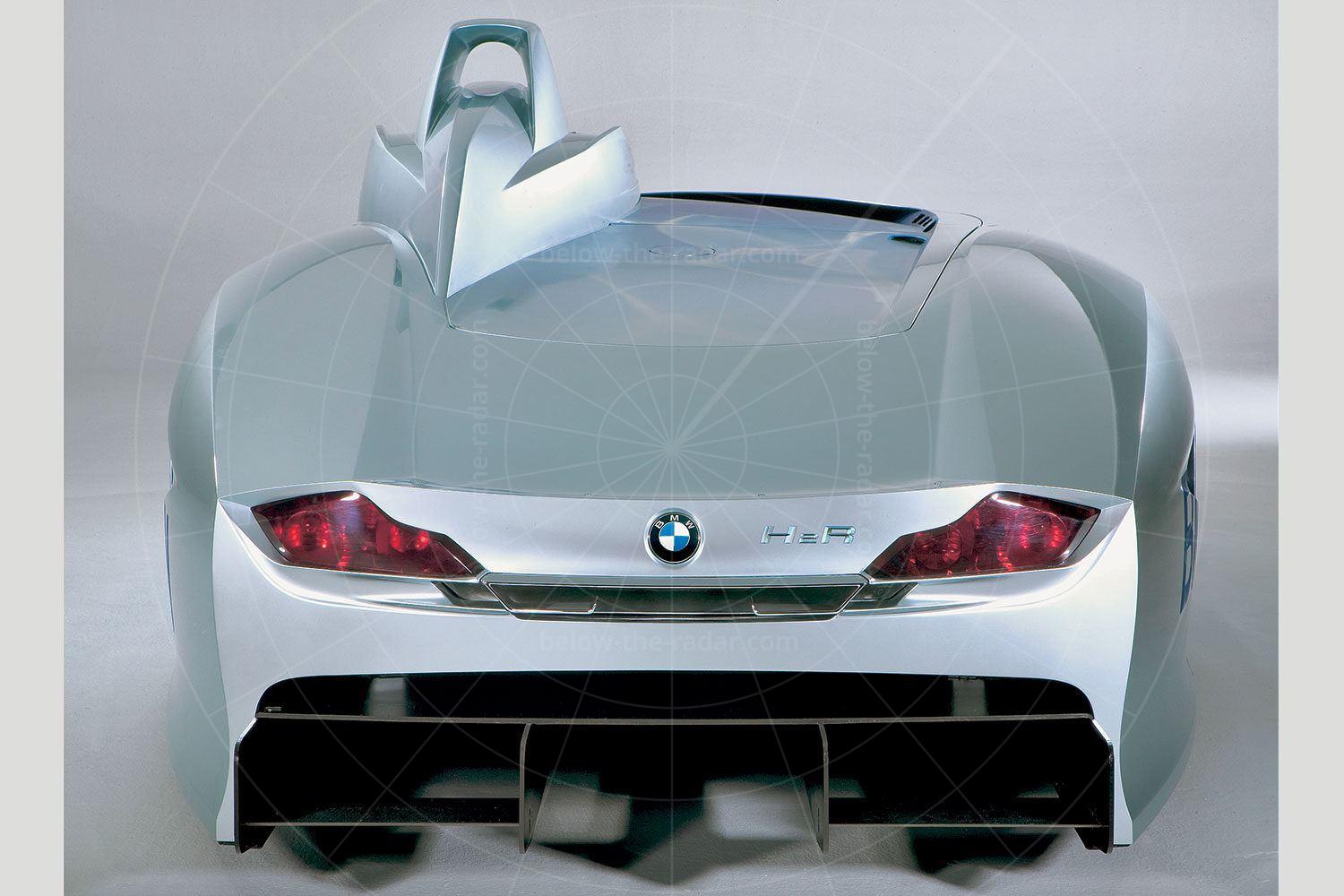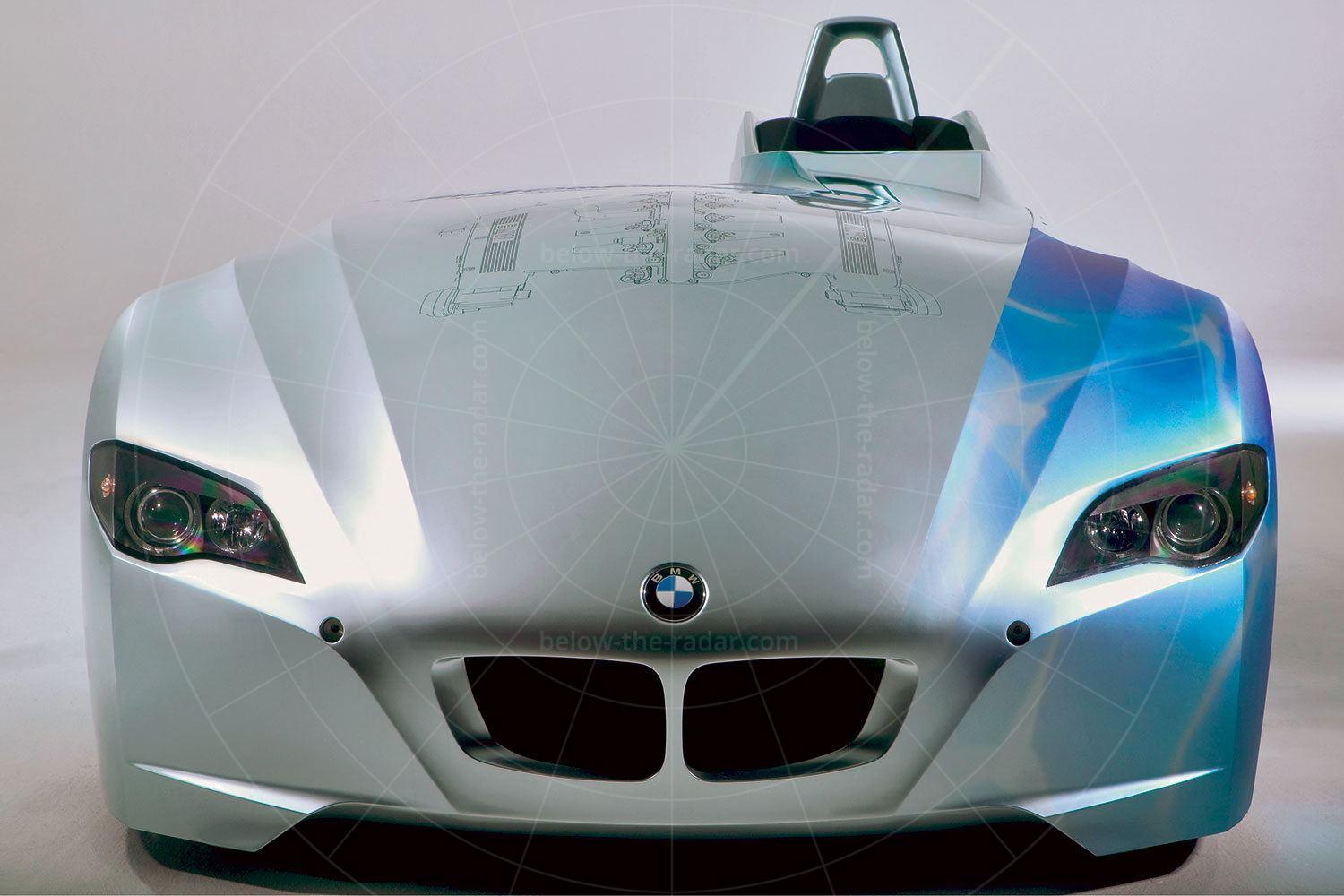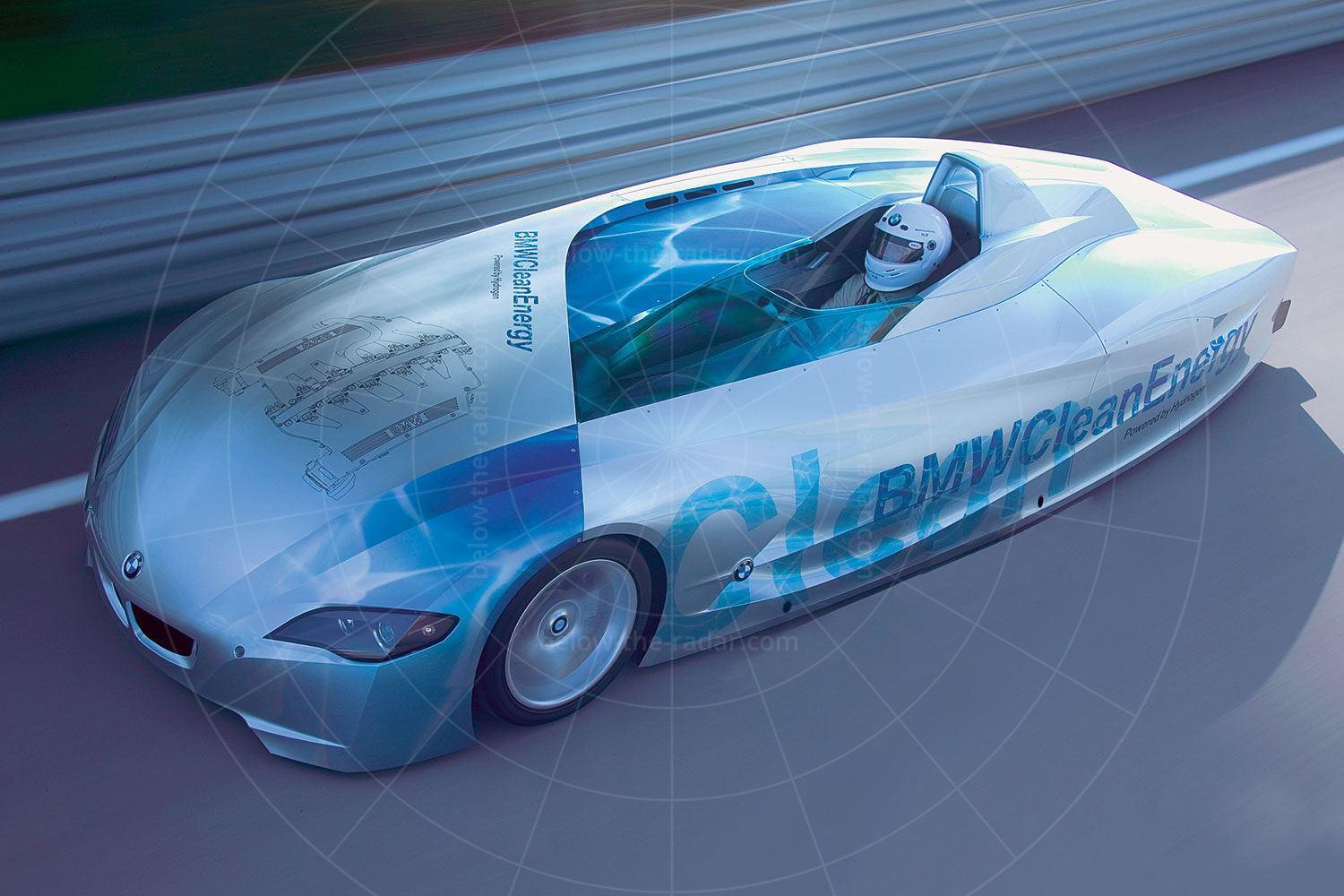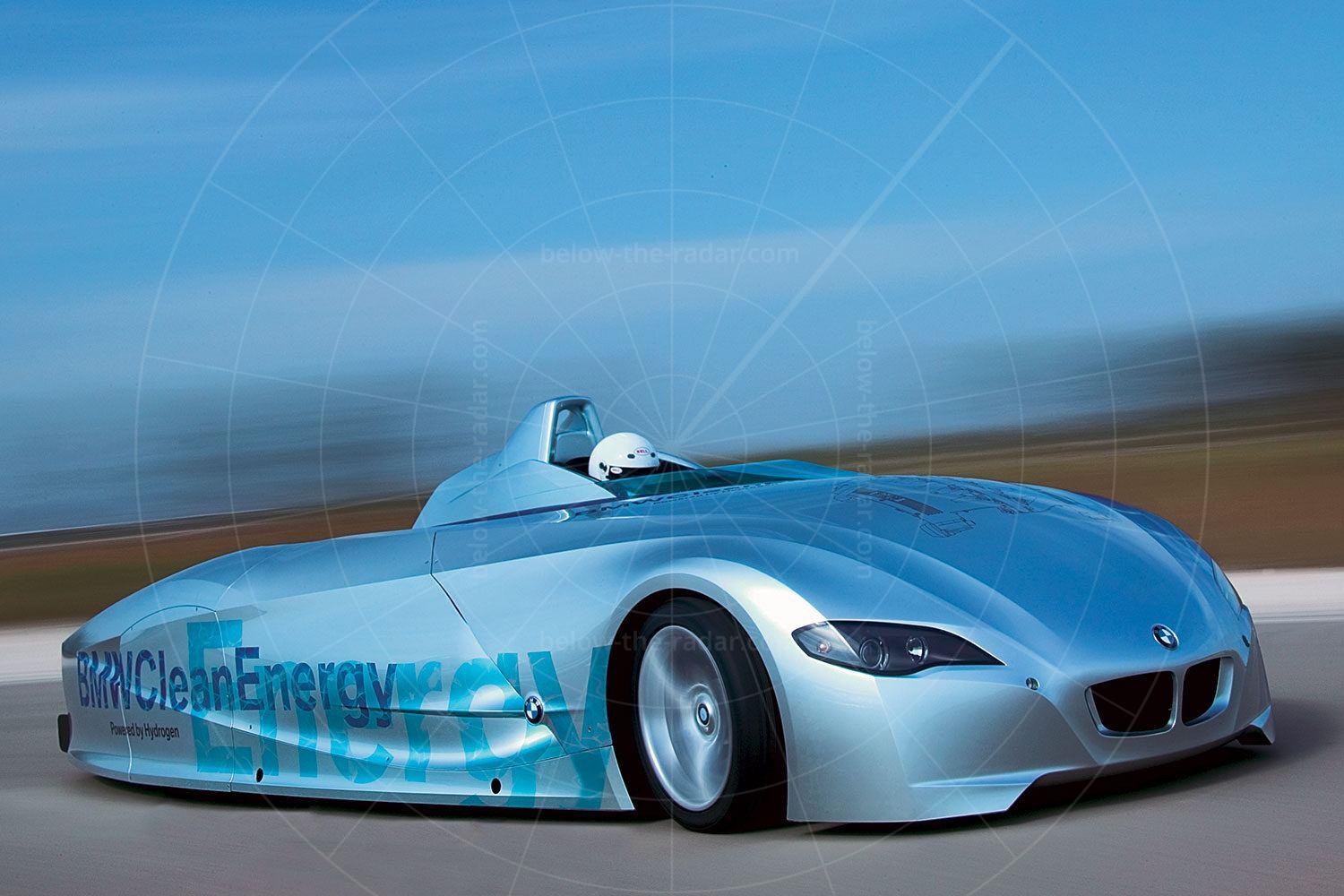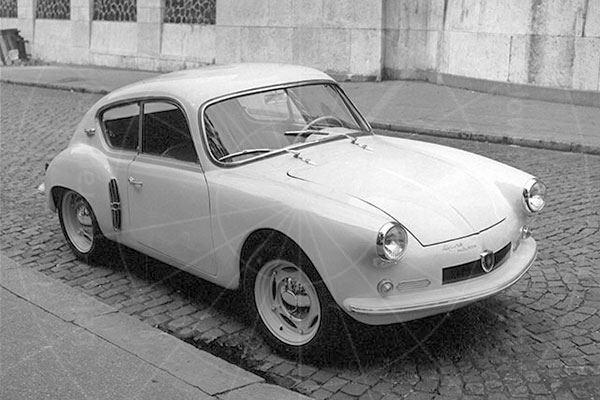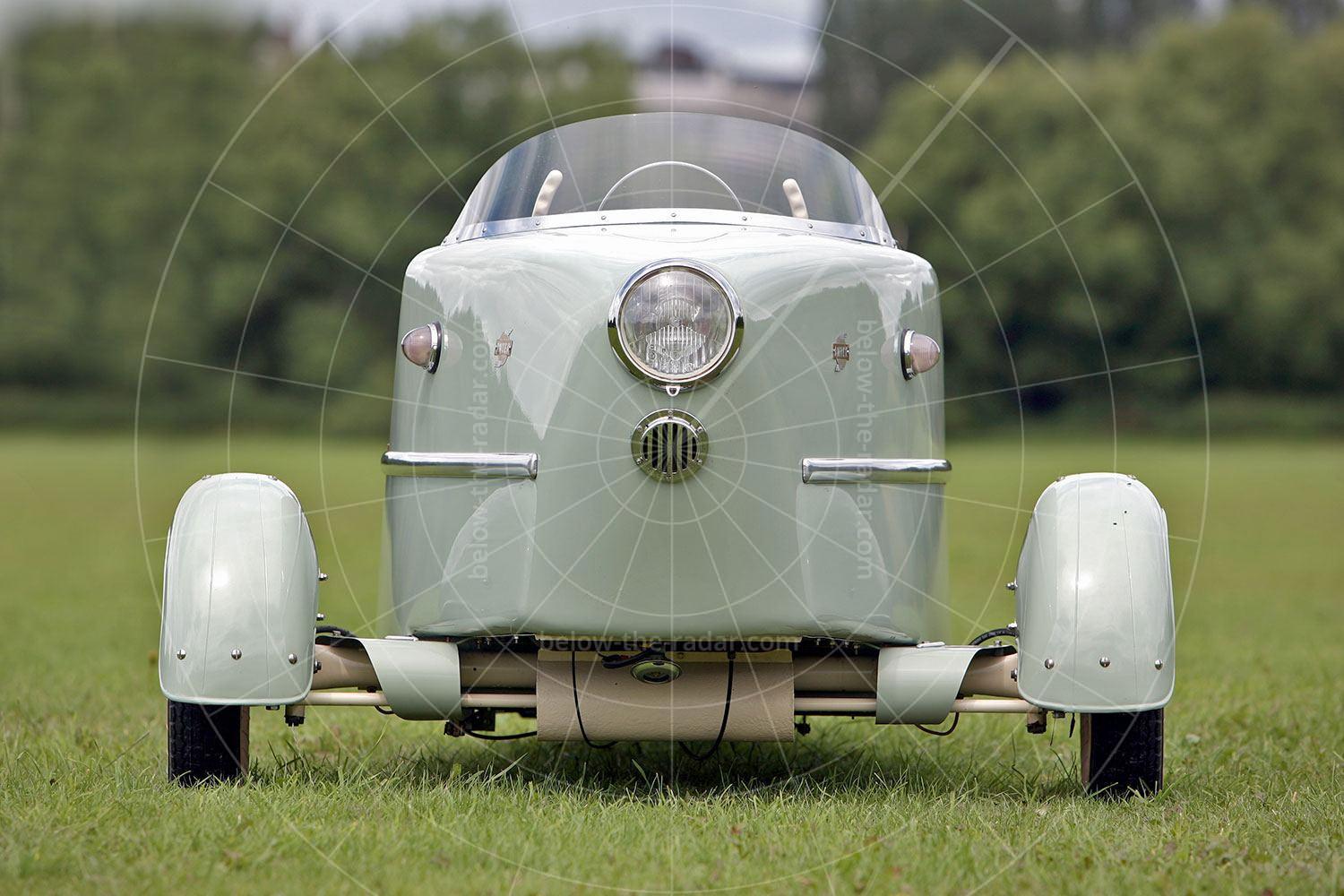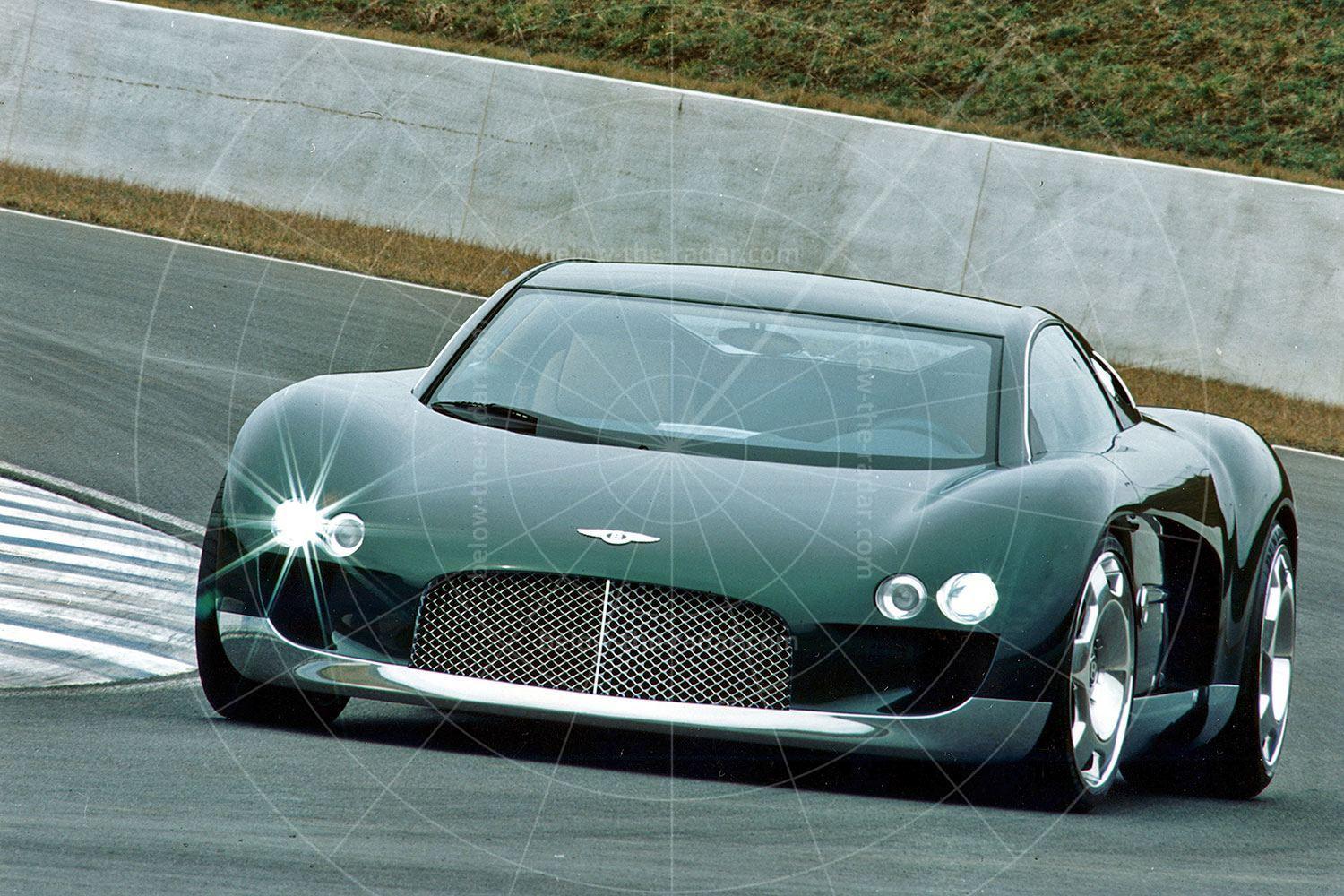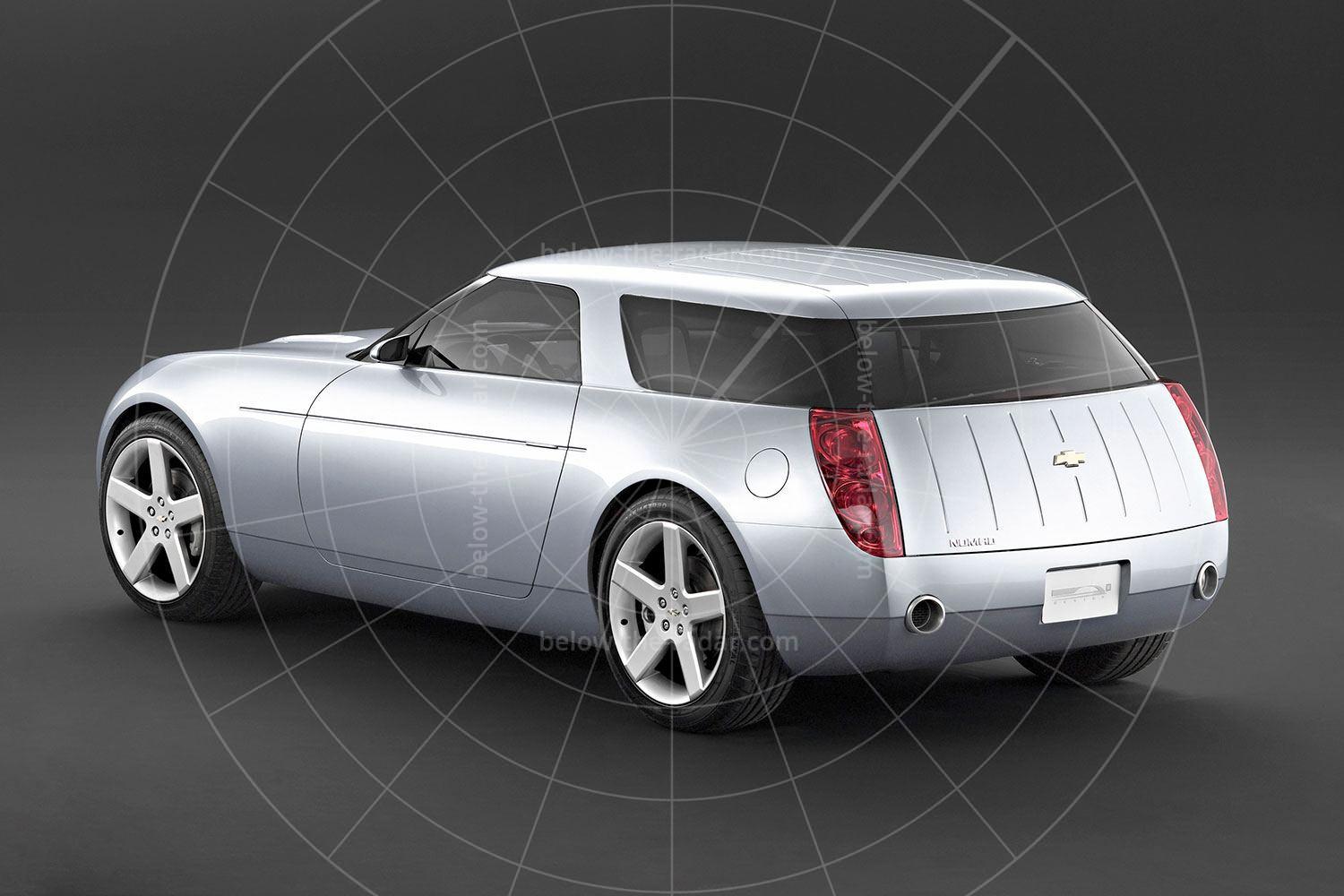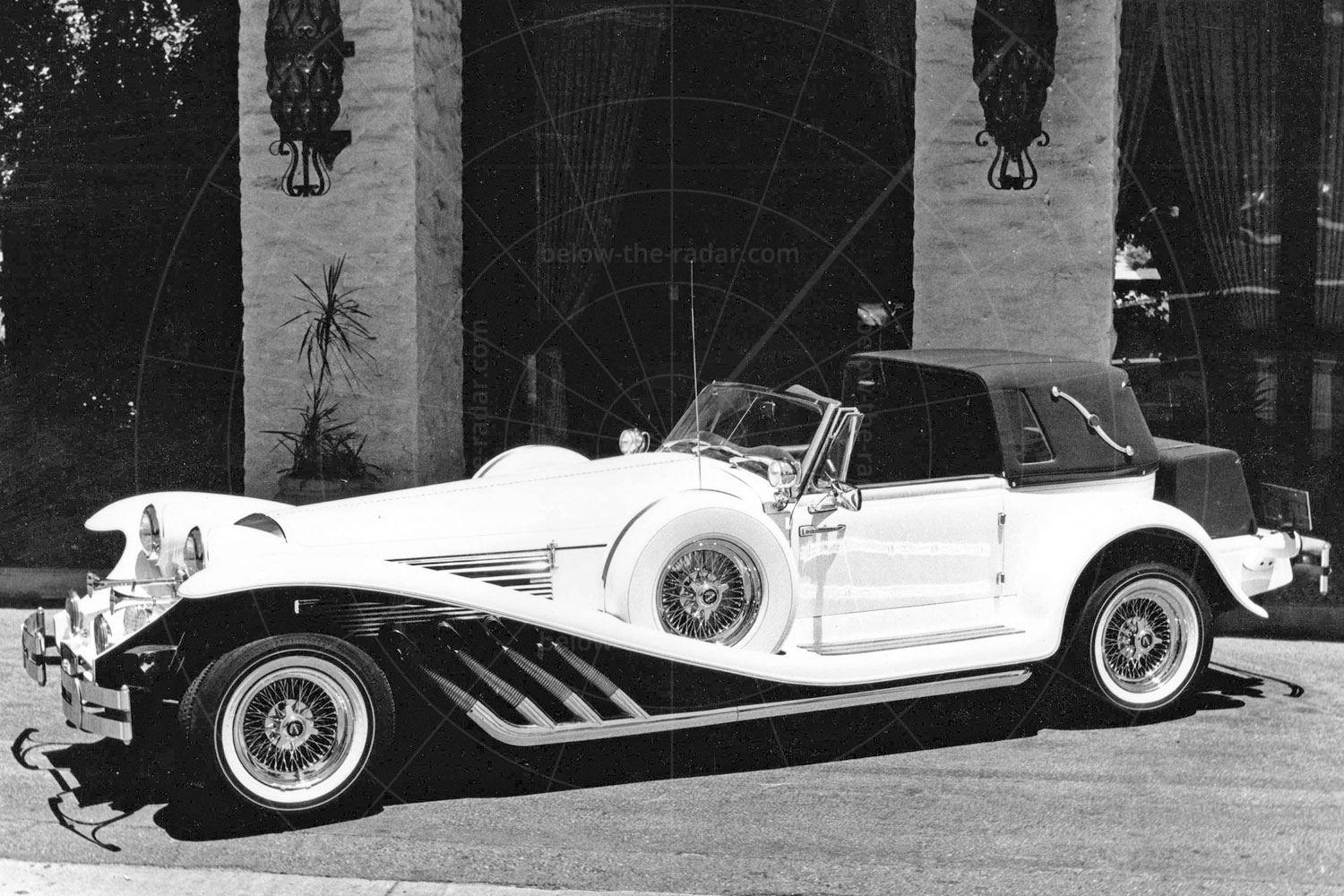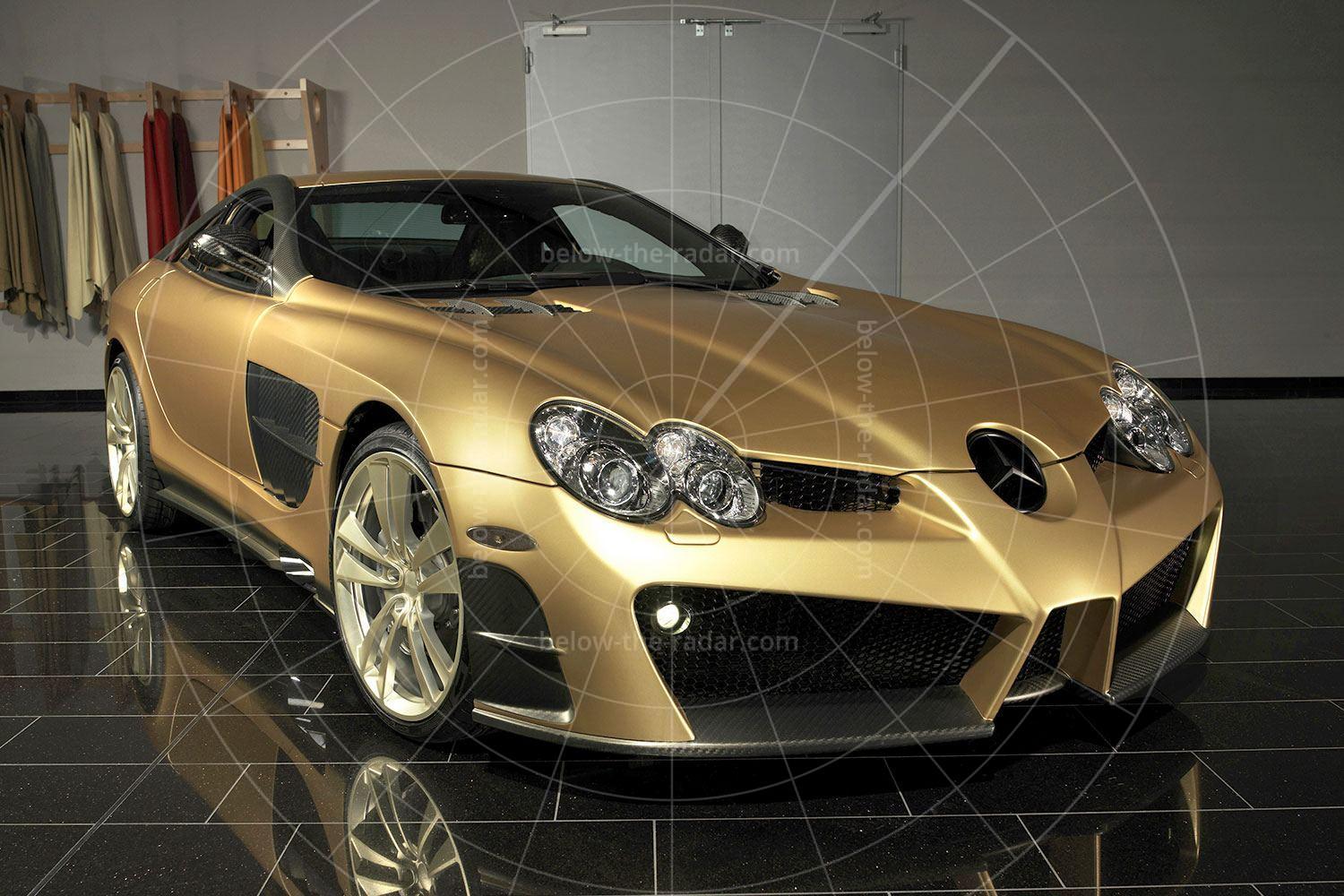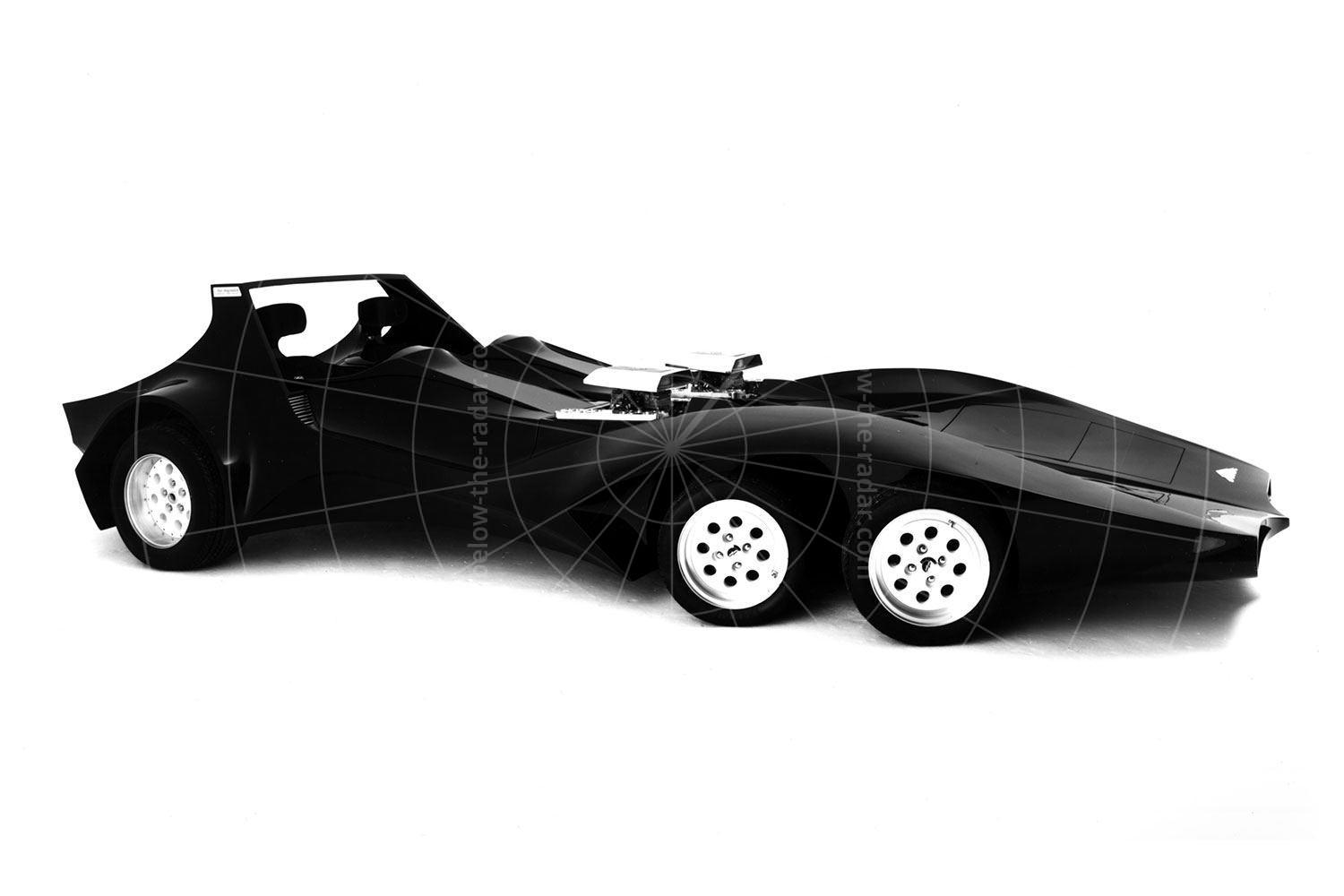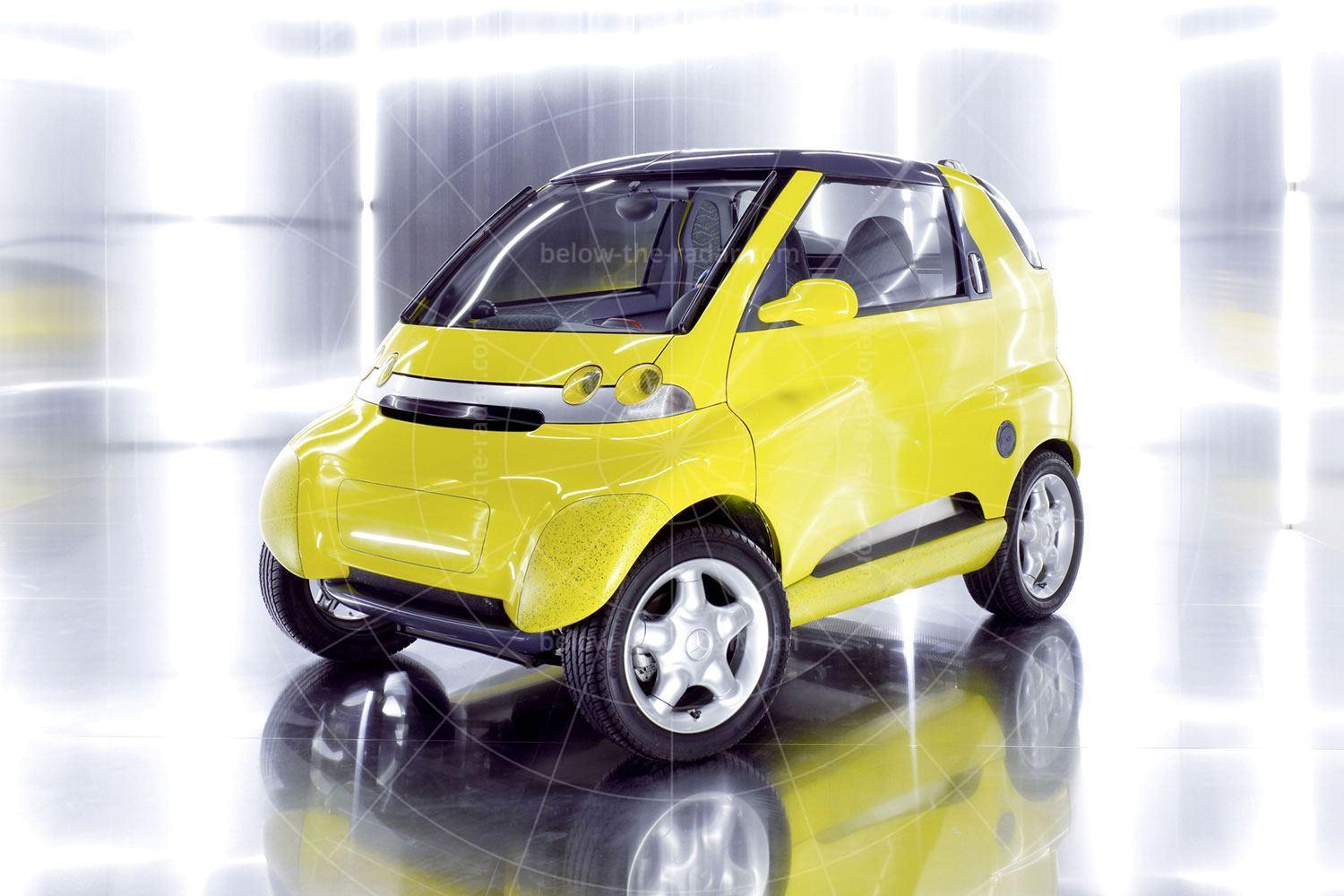When BMW unveiled its H2R concept in 2004, there was great debate about how propulsion technologies would develop for personal transport. Car makers were developing fuel cells, hybrids and electric drive while also continuing to advance conventional petrol and diesel internal combustion engines as far as possible. While BMW had made great strides in creating efficient, refined and powerful petrol and diesel engines, it realised that an alternative had to be found and it chose to take the hydrogen route.
BMW had already experimented with hydrogen-powered versions of its existing models, such as numerous 7 Series saloons, by the time the H2R surfaced. While the use of a 7 Series saloon showed that hydrogen technology could be used in a conventional family car – albeit a rather generously proportioned one – the H2R wrapped everything up in a skin which was far more eye-catching. However, the basis of both cars was fundamentally the same – the 6.0-litre V12 petrol engine that offered power, torque and uncanny refinement.
Indeed, the H2R used a lot of pretty familiar BMW parts underneath, including components for the brakes, suspension and steering. Without taking this route BMW may never have built the H2R at all, because from beginning to end the whole project took all of 10 months to develop, thanks largely to the widespread use of computer-aided design and manufacture along with much testing on computer.
While many concepts don’t even run, the H2R did more than that; it clinched no fewer than nine world records at the Miramas proving ground in France, in September 2004. These records included the fastest flying kilometre and mile, along with the quickest standing-start mile and kilometre.
At the heart of the H2R was a V12 petrol engine, but BMW didn’t just switch fuels; the powerplant was re-engineered specifically to run on hydrogen. However, although the H2R was built to run on hydrogen, the V12 could still be fuelled by petrol if necessary.
The key difference between the petrol and hydrogen versions of the V12 were the hydrogen injection valve and the choice of materials for the combustion chambers. In the production engine, fuel was injected directly into the cylinders themselves, while the injection valves in the hydrogen engine were integral with the intake manifolds. When the speed records were being undertaken the engine was designed and built for single-mode operation running exclusively on hydrogen. The key adjustment here was a set of specially made valve seats, as hydrogen doesn’t have the lubricating effect of petrol. Also, because gaseous hydrogen takes up a larger volume per unit of energy than petrol, the hydrogen injection valves had to be larger than conventional injection valve units.
Naturally, safety was of paramount importance with the H2R, which is why its fuel system was state-of-the-art. The vacuum-insulated double-walled tank, next to the driver's seat, featured no fewer than three valves for optimum safety, while there were also two additional safety valves to deal with leaks in the jacket around the tank. This double safety system guaranteed optimum safety at all times, ensuring the hydrogen tank couldn’t burst as a result of excess pressure.
You couldn’t really call the H2R a thing of beauty, but as it was created to show what was possible with alternative fuels, you could forgive it at least some of its ugliness. After all, it was capable of massive speeds and was amazingly efficient. To that end the H2R was reasonably light and very aerodynamic; it tipped the scales, with fuel and driver, at 1560kg, while also recording a drag coefficient of just 0.21. Most slippery production cars of the time would still have logged a figure of around 0.30.
Because aerodynamic efficiency was the most important thing here, there were no extraneous details for show; everything had to earn its keep. The basic proportions of the H2R were impressive; at 5.4 metres long, its length was comparable with long-wheelbase limousines, yet this was merely a single-seater. It was also two metres wide, so its footprint was again comparable with luxury cars capable of seating five in comfort.
That ultra-slippery bodyshell was constructed from hyper-light carbonfibre to keep weight down, and it incorporated numerous aerodynamic features to help reduce drag while also increasing downforce. The key one of these was a diffuser at the rear which was no less than 20cm long; its job was to cut swirl as much as possible, which might slow the car down.
Incidentally, if you’re wondering what H2R was short for, BMW offered several answers as it clearly couldn’t make up its mind. On the one hand it was suggested to stand for ‘H Two Race Car’, or alternatively it could have been ‘Hydrogen Record Car’ or even ‘Hydrogen Research Car’. And if BMW never worked it out, it’s pretty unlikely that anybody else will.
| Vital statistics | |
|---|---|
| Debut | Paris 2004 |
| Engine | Front-mounted, 5972cc hydrogen/petrol V12 |
| Transmission | 6-speed semi-auto, rear-wheel drive |
| Power | 285bhp |
| Top speed | 186mph |
| 0-60mph | 6.0 seconds |



